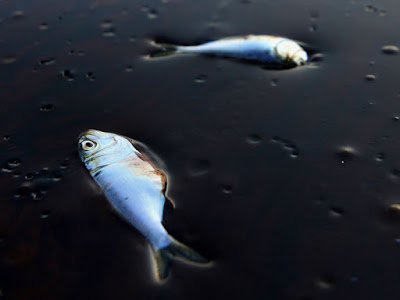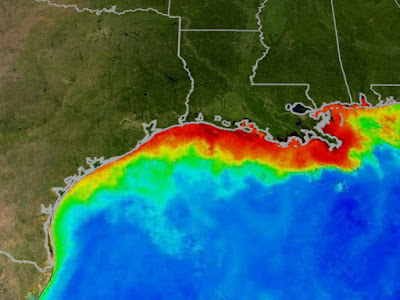Dead zones of the ocean are large water bodies in lakes, rivers, and oceans that don’t have enough oxygen in them necessary for the marine life. This marine condition is also referred to as hypoxic meaning the lacking of oxygen. Often the condition occurs naturally but currently the condition is expanding in marine bodies unnaturally. It is due to due to the introduction of pollutants and the fertilizers into the water bodies. The fertilizers and toxic pollutant encourage the growth of algae which increases the bloom of algae in water bodies. The algae decompose in the water and consume the oxygen which causes to the extinction of the oxygen necessary for the marine life. Researchers say that hypoxic condition in marine bodies has become doubled in every ten years since 1960.
Development of the hypoxic zone:
Change in the climatic condition is increasing the hypoxic condition in the marine bodies. with the onset of the industrial era, there has been a rapid change in the temperature globally. Since last few decades change in the temperature affects the climate of seas and marine body directly. It is evident from the research that warm water dissolves less oxygen in as compared to cold water. The situation in the marine body becomes complicated when the warmer air above the surface of the water heats the water on the surface reducing the chances of mixing of top layer warm water with cold water at the bottom of the sea surface. The dead zone thus occurs in the deeper water as the temperature increases the animals in the area get less supply of oxygen and move toward the mortality. The change in climate will expand the production of the dead zone in oceans. Currently, there are 400 dead zones available worldwide and it is expected that 94 % of these areas will experience the rise of 3.6Farenheit till the end of this century.
How to combat with hypoxic zone :
Climatic change is no doubt the great cause of the dead zones but pollutant introduction also contributes. If we control the harmful nitrogenous and other poison pollutant introduction in the seas and oceans, we can somehow avert the cause. With less pollutant in water, the algae blooms will definitely get reduced and the dead zone will occur less no matter how warm the water becomes. The hypoxic zone in black sea vanished in 1990 with the fall of Soviet Union. At that time, there was seen a great rise in the price of fertilizers. The situation was spontaneous and resulted in giving a positive impact on the Black Sea. This taught the scientist and the state advisors a lesson and now the United Nation officials are trying hard to lessen the industrial and agricultural toxin emissions in an area where dead zone is a serious concer.



No comments:
Post a Comment